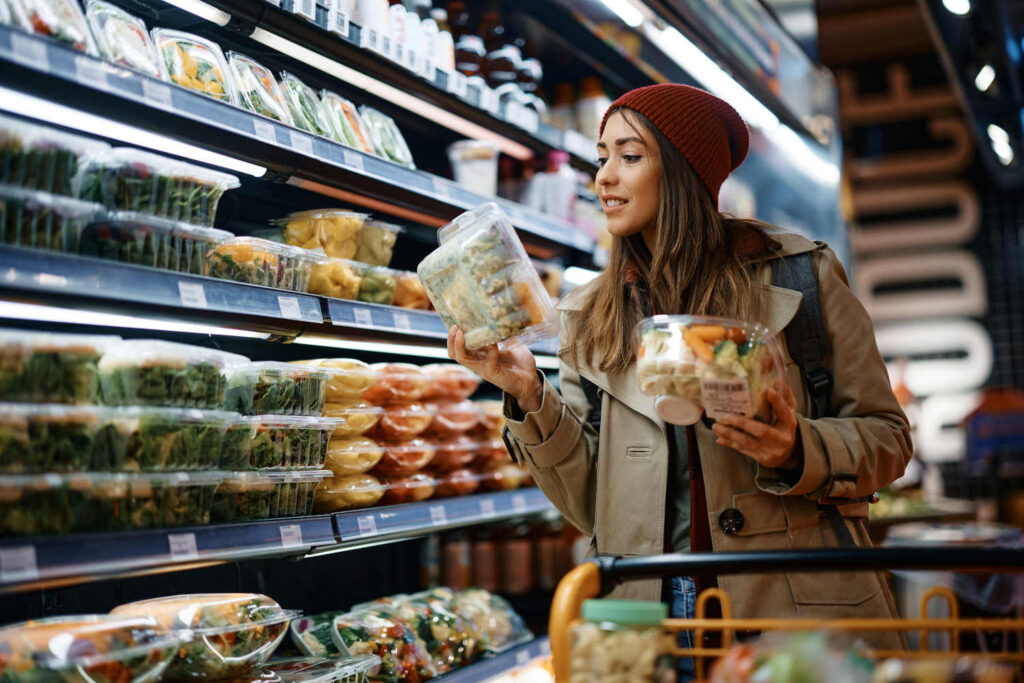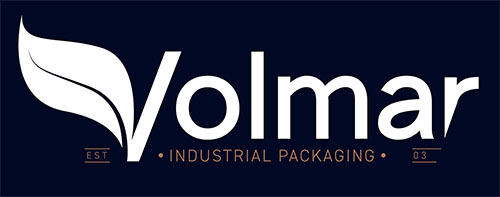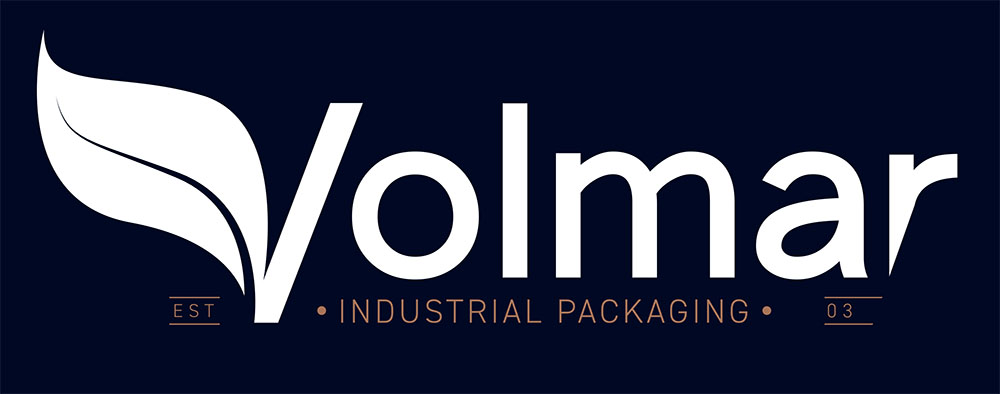
Packaging is crucial in the food industry, not only to protect and transport food but also as a marketing tool.
There are various types of packaging, each designed to perform specific functions. It is essential to choose the right packaging for the product to maintain its quality and freshness.
The different types of packaging
In order to choose the right packaging for food products, the seller must know the shelf life of the food, which is the period of time in which the product’s properties deteriorate. This ensures the product is safe for the end customer to consume.
Packaging types vary according to the category of food being stored. As such, there is an important distinction between:
- Perishable food
- Non-perishable food
Non-perishable food is food that can be stored at room temperature and has a low water content, such as preserves or dried food.
Perishable food refers to products without preservatives or those with a high water content, which must be transported in special temperature-controlled vehicles to preserve their properties and freshness. Examples include milk, meat, fruit and vegetables.
Primary, secondary and tertiary packaging
Food packaging is categorized as three main types:
- Primary packaging: Primary packaging is the first layer of packaging that comes into direct contact with the product. It is designed to protect the product from external factors like light, moisture, oxygen and contaminants. This type of packaging is essential to preserve the product’s freshness and quality. In the food industry, common examples of primary packaging are drink bottles and food pouches;
- Secondary packaging: the aim of secondary packaging is to hold one or more products with primary packaging to facilitate distribution. This type of packaging is often designed to be attractive and promote the brand. A cardboard box containing several wine bottles is an example of secondary packaging. Its main aim is to ensure that the primary packaging is not damaged during distribution;
- Tertiary packaging: tertiary packaging is the outermost level designed to hold, protect and organize secondary packaging units. This type of packaging is particularly important in large-scale distribution. Corrugated cardboard boxes used to transport electronics product boxes to a commercial facility are an example of tertiary packaging. The aim is to protect secondary packaging and facilitate transport and storage.
The importance of choosing the right product packaging
As mentioned, using the right packaging for each product is essential to preserve the product’s quality, freshness and properties but it is also an important marketing tool.
Volmar Packaging has been offering highly sustainable and advanced primary packaging solutions since 2004. With such a wide range of options available, customers can find specific packaging for each product, to preserve the quality and freshness of the food and offer excellent protection against external agents.

